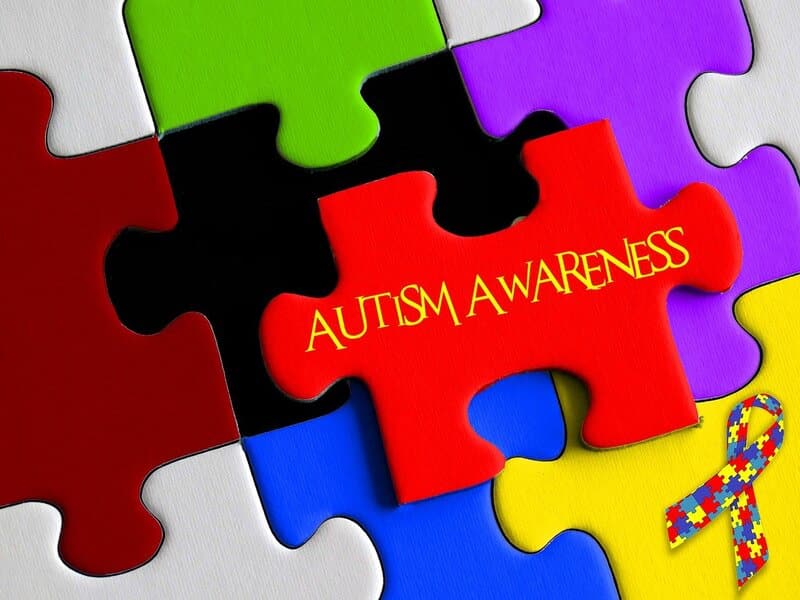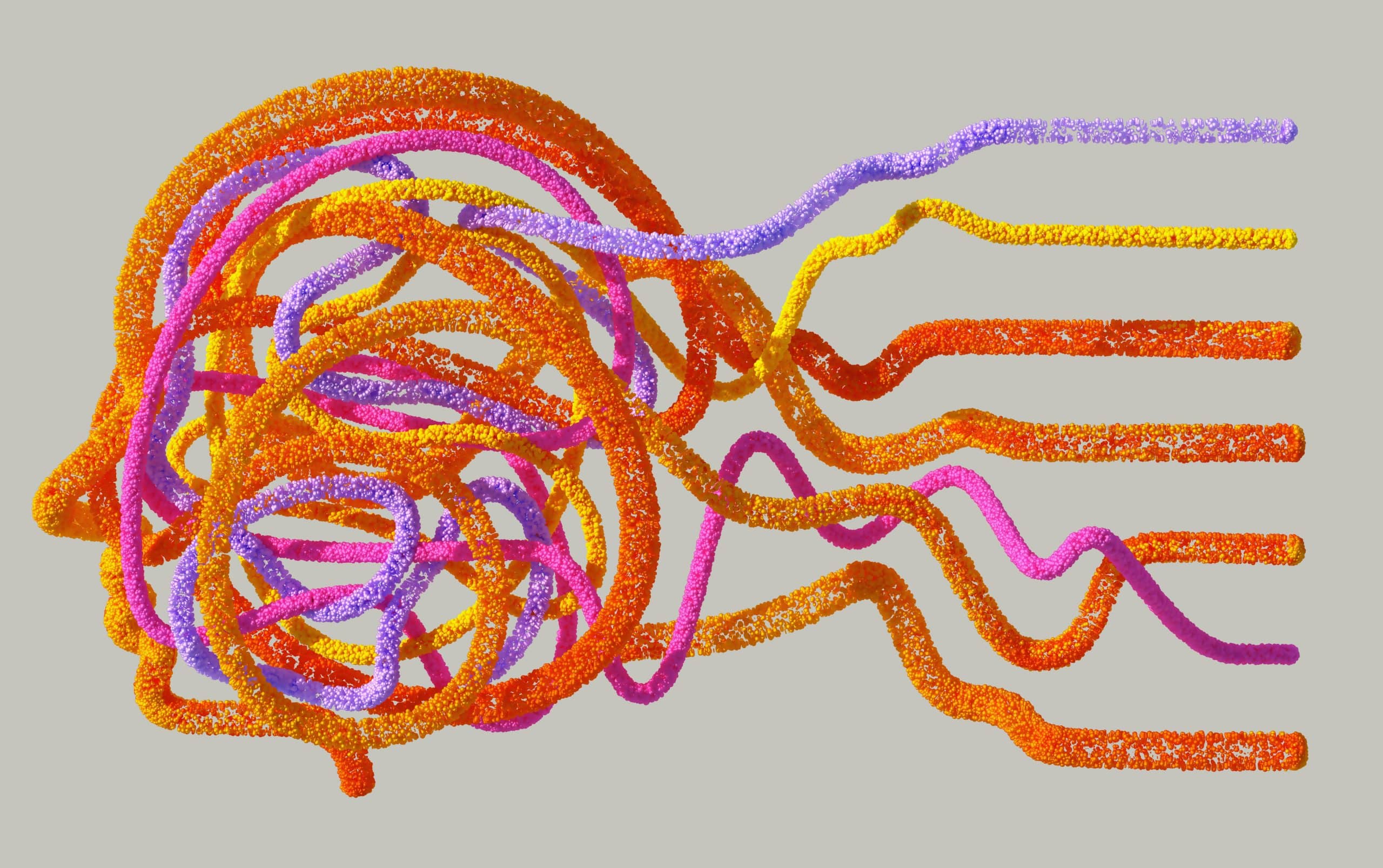Autism disorder, formerly Autism Spectrum Disorder, is a neurodevelopmental disorder that entails a spectrum, meaning that it affects each individual differently and to different degrees. It can happen to anyone and at any age; therefore, it’s crucial to understand it more deeply and learn the signs. Knowledge is power, and understanding how Autism works is key to treating it.
Signs of Autism
Possible signs of autism at any age can include, but are not limited to. Difficulty making eye contact, adverse reactions to lights, tastes, and smells, interest in specific items or topics almost to the point of obsession, and repeating words or phrases. It’s also common to observe repetitive behaviors, such as spinning, flapping, or rocking, nonverbal communication, or delayed language development, and significant reactions to minor changes in routine or environment. People with the condition are gifted in music, art, or other subjects. Learning what works best in their world is crucial, like any other challenge.
Many therapies can benefit individuals and caregivers by ensuring everyone lives their best while managing autism.ABA therapy can help with behavior and life skills, cognitive therapy can help with understanding emotions and social perspectives, speech therapy can help with communication, while school IEPs can help with academics. The repetitive movements that a lot of autistic people do are called ‘stimming.’ Whether spinning around, flapping arms and hands, or making repetitive noises, this stimulation helps people on the spectrum learn about the world around them.
Helping People with Autism

Think of autism as a small, crowded room with everyone speaking simultaneously. It’s hard to attend to one individual because the other voices and actions get in the way. This is very similar to what an autistic person feels daily, all day long. It takes quite a bit of focus to answer even simple questions or do simple tasks.
In order to help with attention and focus, visual charts and schedules are often used with a reinforcer for completion. Doing one-step tasks is much easier than following several directions at once.
There has also been research showing that changing a person’s diet on the spectrum can be beneficial in helping them focus better. According to the author of ‘Autism and Nutrition: the Connection Between Diet and Symptoms cutting out gluten and casein and increasing vegetable intake can help focus, behaviors, and weight management.
Conclusion
Many other disorders can be co-morbid with autism, such as ADHD, gut issues, anxiety, depression, and sleep disturbances. Finding the correct way to manage these co-morbidities can be tricky, but doable. A strong support system is necessary for the person with the condition and the family members and caregivers on the journey with them. People on the spectrum can be influential with the right combination of people, therapies, dietary changes, and medications!










